At the Giro Donne, Racers Showed Up. The Organizers Didn’t

- Oops!Something went wrong.Please try again later.
- Oops!Something went wrong.Please try again later.
After 10 days of racing in Northern Italy, the women’s peloton takes a breather, as many of the top riders in the fields turn their eyes towards the Olympics in Tokyo. But we at the #couchpeloton are still catching our breath from the racing action over the last week and a half: Those sprints! That final stage! Those tactical attacks and breakaways! Those mountain passes! Those... headlights that Jumbo Visma used for getting through tunnels?
Here’s what we've learned from the last week and a half, starting with the good and getting down to the bad and the ugly.
Stage-by-Stage Recaps Photo Gallery
A quick recap
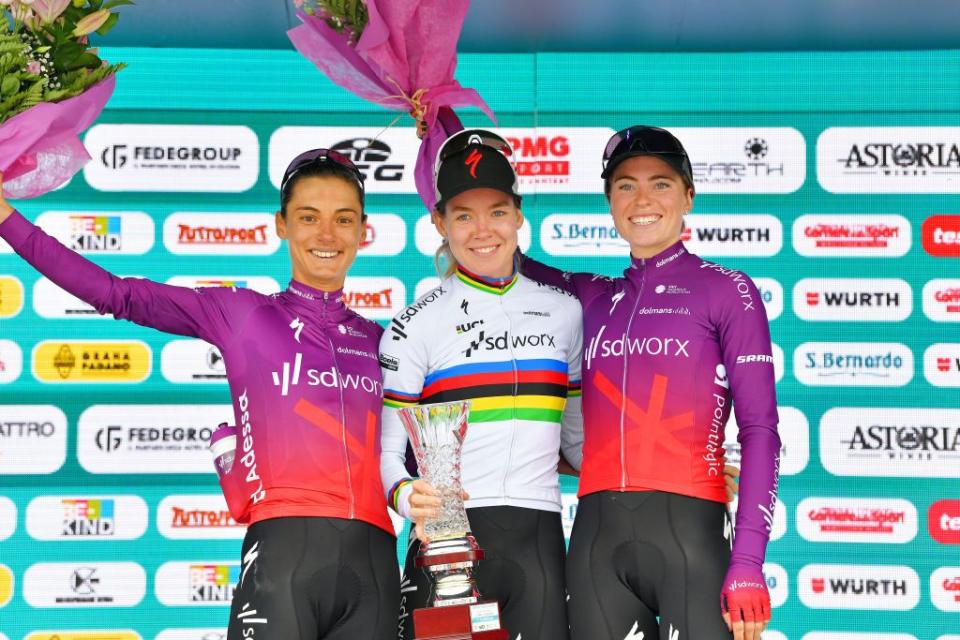
In the overall race results, SD Worx’ Anna van der Breggen maintained her GC lead almost the entire race after capturing the lead in stage two. Her teammates Ashleigh Moolman-Pasio and Demi Vollering finished behind her, followed by Lizzie Deignan (Trek Segafredo) and Mavi García of Alé BTC Ljubljana. SD Worx also took home the youth classification thanks to 20-year-old Niamh Fisher-Black, who finished an impressive ninth in the overall GC. Trek-Segafredo’s Lucinda Brand took the mountain classification with a considerable lead, and—with Jumbo Visma’s Marianne Vos leaving the race early for Olympic prep—the points classification was won by van der Breggen, with Emma Norsgaard (Movistar) in second.
Notable stage wins included, the final stage with American Coryn Rivera (Team DSM) taking the win by inches over Deignan with a fantastic bike throw at the line, Vos bossing Elisa Longo Borghini in a two-up sprint, Moolman-Pasio soloing to a mountaintop stage win, and van der Breggen absolutely smashing the individual time trial.
Also noteworthy were the stories behind the wins. Rivera’s emotional victory in the final stage was made more poignant by the fact that earlier this year, she lost her father (and biggest fan) to COVID and dedicated her win to his memory. Stage 7 marked Vos’s 30th career Giro Donne stage win. According to GCN editor Will Newton, that means Vos has won more than 32 percent of the Giro stages that she has started. And while Ruth Winder of Trek-Segafredo was the first racer to be in the Maglia Rosa (pink jersey) in the first stage after the team time trial, the 28-year-old also announced her retirement from cycling this week.
Today is a very special day for @RuthWinder
Firstly, it's her birthday 🥳 🎂
Then, she wants to tell you an exciting news: 2021 will be her last season in pro cycling 🙌
📽 Enjoy her interview and join us in wishing her all the best for the future: https://t.co/iRvCKZhrs8 pic.twitter.com/ZRQ4vvDXZK— Trek-Segafredo (@TrekSegafredo) July 9, 2021
We’re ready for a Women's Tour de France
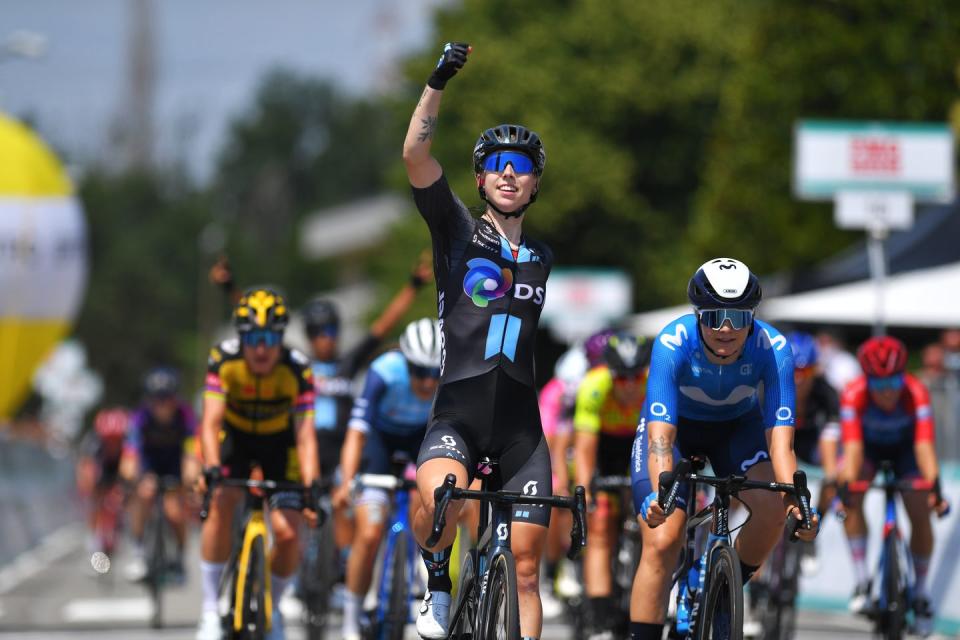
Anyone who says that women can’t handle long stretches of racing clearly needed to tune into the Giro Donne, covering thousands of meters of climbing and over a thousand kilometers of riding over the course of 10 brutal stages in the mountains of northern Italy. And while SD Worx swept the overall podium and from Stage 2, Anna van der Breggen led the GC, the gaps remained low between riders in the overall, and stages were hotly contested by riders from several different teams. There was no singular dominant rider in the race. The races—often ending in sprint finishes—were as exciting as any Tour de France men’s finish, and the tactics, the grit, and the will of these women rival any pro men’s peloton.
The Olympics, COVID19, and crashes

What did we learn from the Giro Donne? That the women’s road race in Tokyo is going to be worth watching. The top women of the peloton were all at the start line in Italy and clearly showed quite a few gold-medal contenders. Overall, winner Anna van der Breggen is clearly in top form, but Marianne Vos showed that she's also clearly in for gold. Coryn Rivera and Emma Norsgaard have what it takes to medal if it comes down to a sprint; Ashleigh Moolman-Pasio can crush climbs like no other. Lizzie Deignan, Mavi García, Demi Vollering, and Elisa Longo Borghini can't be counted out.
Of the 144 riders who started the race, only 92 finished. Some were victims of time cuts, not finishing close enough to the winner’s time. But the bigger dropouts came from two teams testing positive for COVID. COVID is still very much a problem in the world and one that impacts racing. Unfortunately, Tibco-SVB and Bizkaia-Durango had to withdraw from the race due to positive COVID-19 tests. Additionally, some riders were forced to abandon after crashes, including Krista Doebel-Hickok of Rally Cycling and Amanda Spratt of BikeExchange. And then there were riders like Marianne Vos, who opted to leave the race after stage 8 to continue preparations for the Olympics.
A 'light' prize purse
The PGM Sports, the Giro Donne organizers, made much ado about a doubled prize purse, but when the actual amounts were released, the prize purses were lower than in 2020. For 10 days of stage racing, Anna van der Breggen took home 8,000 Euro, according to CyclingNews. Winning a stage? Stage winners made 550 Euro—not even enough to cover the costs of a plane ticket to and from the race. For comparison, the GC winner of the Tour de France will ride away with a cool 500,000 Euro, and stage winners will make 11,000 Euro per stage.
That said, the organizers are simply meeting the UCI’s minimum standards for women's racing. While the organizers should pay women better, the sport's governing body should ensure that they do so. “I think to see a real change in the prize money offered at UCI races like the Giro Rosa, then the change needs to be made in the prize money regulations set by the UCI,” says Team DSM's Leah Kirchmann. “Right now, there is a minimum amount set for each status of the race on the calendar. Organizers can choose to offer more if they want to and are able to increase the amount. We are always very grateful as riders when this is the case!”
A subpar livestream
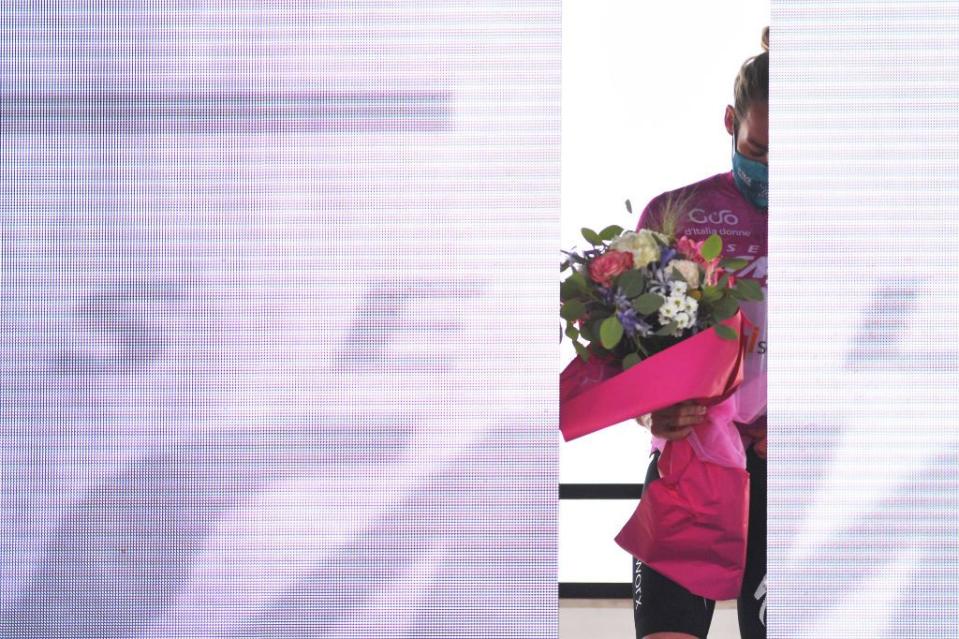
Livestream coverage was promised but was spotty at best. The Queen stage on Saturday ended up not being broadcast at all due to connectivity issues in the mountains—something that could and should have been sorted out weeks before the race began. On the days the livestream did turn on in time for the last 15 kilometers of racing, the least the organizers could have done is provide a bit of context to the announcers about WTF had been happening in the peloton for the 100+ kilometers prior. But while the video was on most days, it rarely came with much intel—props to the GCN+ announcers for doing what they could with what they had.
“Personally, I feel that the emphasis should be put on other areas before prize money, mainly coverage!” says Kirchmann. “The better coverage our races receive, then it will help increase the value of the entire sport. The Giro lost its World Tour status in 2020 because the race failed to meet all of the required standards, including live broadcasting of the stages. It looks like the race will be World Tour again in 2022, so there needs to be pressure on the organization to follow through with their promises to show they deserve this status on the calendar.”
“When it comes to prize money and TV coverage, it’s becoming frustrating. As women, we are told again and again that we need to prove our racing is entertaining enough to be valued, AKA worth prize money,” says TIBCO-SVB's Clara Honsinger. “But then coverage is terrible and misses the majority of the action, which reinforces this idea that we don’t deserve payment for our work. So, to make the race fan-friendly, they need coverage, coverage, coverage.”
Bullying in the peloton
The race has been rife with issues—and not all of them were organizational. Rally Cycling’s Heidi Franz took to Twitter to address some bullying behavior coming from within the peloton, saying, “Being mocked and bullied in the grupetto today was one of the worst experiences I’ve had in a bike race. On day nine of the [Giro d’Italia Donne], and there’s absolutely no place for that when people are on the edge and on their limit.”
Being mocked and bullied in the groupetto today was one of the worst experiences I’ve had in a bike race. On day nine of the @GiroItaliaDonne and there’s absolutely no place for that when people are on the edge and on their limit. #GiroDonne
— Heidi Franz (@franzyprawnzy) July 10, 2021
No more details have come out, but it’s important to mention: Race tactics are one thing, but bullying has no place in the peloton, whether you're on a club ride or the highest level of professional racing.
Lack of social media coverage
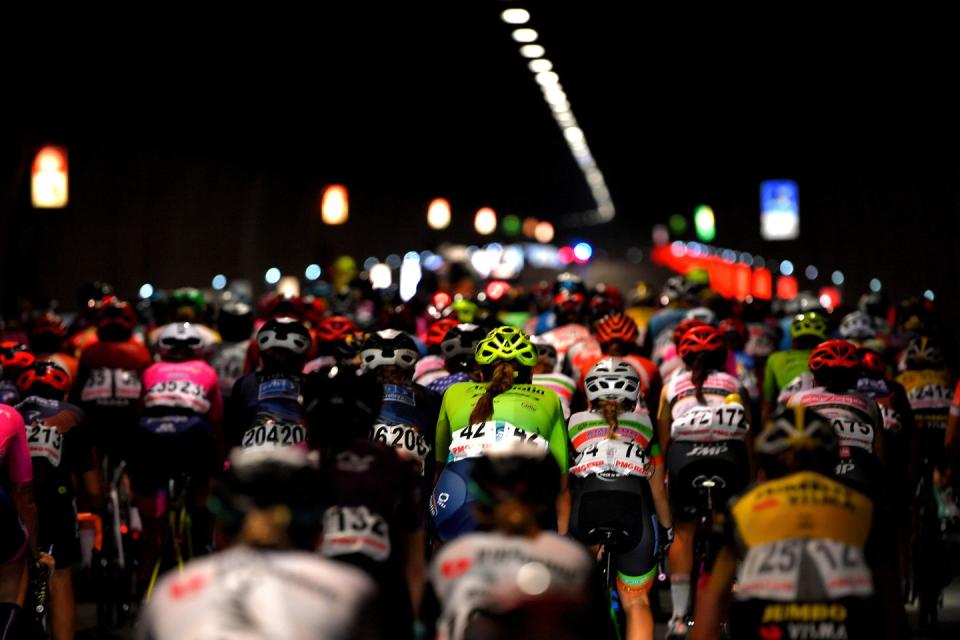
Livestream matters, yes, but a race’s social media is arguably as important, especially when the livestream is behind a paywall. In order to bring fans in and have them shelling out cash to watch, organizers have to let the fans know that the race is even happening. Most days, watching the race consisted of violently refreshing Twitter, searching the Giro Donne hashtag and stalking racers and teams who were doing a better job sharing race updates than the organizers were. In fact, there was almost no social at all from the organizers—they didn't even use the #GiroDonne race hashtag once. Could they really not find a single intern, volunteer, or (gasp!) paid social media coordinator to accompany the paltry livestream with some updates during and after each stage?
It was reminiscent of the time eight years ago when my then-boyfriend was racing a Canada Cup and, from my home base in Massachusetts, I sat on my phone tweeting and texting frantically, waiting for updates. (He did okay.) I expected better of a UCI C3 event then, so I damn well expect better of a race hoping to make a comeback to Women’s WorldTour status for next year. (Side note: To the few folks on Twitter complaining that international journalists weren’t in attendance at the race, trust me, I would have loved to go. But travel restrictions make that impossible with mandatory quarantines here in Canada.)
But here's the thing…
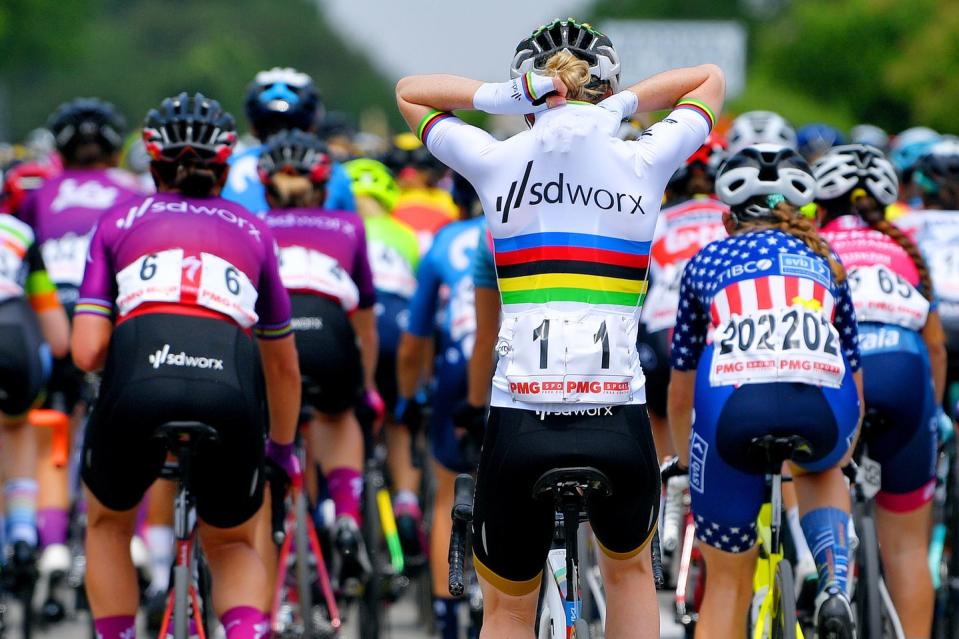
We need organizers who want to put on women’s events, who see the value in them. So to a great extent, the Giro Donne organizers deserve some kudos because at least they’re doing something. But in 2021, something simply isn’t enough. Organizers, sponsors, media, and fans can be doing so much more for women’s cycling.
"I am optimistic that next year will be better. There are standards that they must meet in order to be WorldTour and every year it feels like the bar is getting higher," Honsinger says. "There is pressure to match actions of other races and the women’s peloton is starting to lose patience for unmet expectations."
TL;DR This writer is conflicted. On the one hand, women’s cycling deserves far more than pathetic payouts and embarrassingly bad livestream coverage. On the other hand, suggesting that longtime races like this don't deserve to continue can potentially send the message that hosting women’s cycling events is impossible to do sustainably. I don’t have a solution, but I do know that after watching (or trying to watch) 10 days of the Giro Donne reminded me just how strong the women's field is and how much respect, coverage, and super-fandom they deserve.
You Might Also Like

